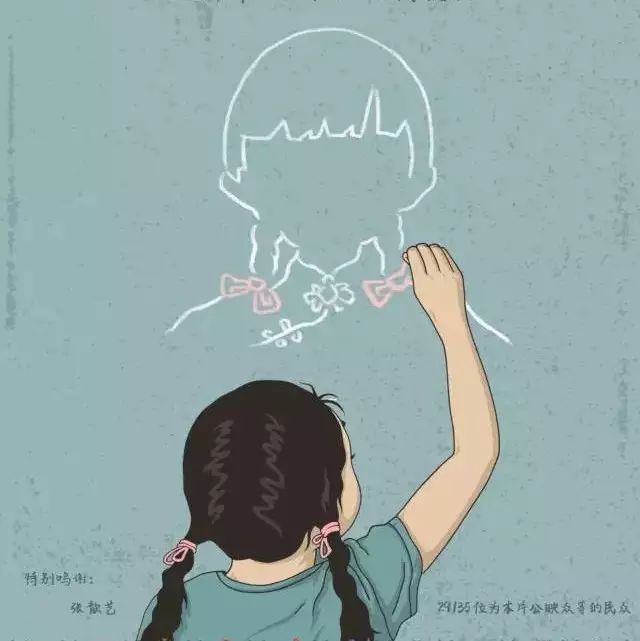
22: the barbarism of Poetry Writing
After Auschwitz, writing poetry was barbaric.
Why is it barbaric to write poetry?
"after Auschwitz, writing poetry is barbaric". This is not to say that the writing of poetry after Auschwitz is no longer possible or allowed, but to express such a view: in the face of the cracks directly opened by great disasters in the real world, the artistic act of poetry can no longer sew truth into it-the catastrophe of Auschwitz itself prohibits the possibility of artistic behavior triggering truth.
the barbarism of poetry also refers to the barbarism of any art form. The fictional nature of art itself is so false in the face of disaster that it tries to borrow some material (language, color, notes). The way to get to the truth is nothing more than exposing their false nature. Among them, poetry is probably the most sanctimonious and knows how to disguise itself as an emotional art. When everything is only based on the ingenious fabrication of language, like an emotional whirlpool, self-moving is full of it.
moreover, as such a disastrous political event, Auschwitz itself has the possibility of giving birth to truth. Badiu bases the process of philosophy to produce truth on four premises: politics, mathematics, art and love. In the suture with the four, the truth is revealed from the event. If art still has the opportunity to display its talents in the face of some simple political events, can art disguise itself in the face of a massacre like Auschwitz that directly questions human nature itself? to trigger truth in a fictional way?
Wear our knee length homecoming dresses to showcase your unique beauty and charm. Whatever your taste, we have just what you need.
this is why concentration camp films have been widely criticized, and masterpieces such as Spielberg's Schindler's list are still questioned about the legality of their filming. Lonzman questioned whether the film's footage of Jews entering the cleaning room to spray water instead of poison gas was real. When it is impossible to reproduce the disaster in a fictional way, it is feasible to extract the truth directly from such political events in a philosophical way: havoc uses this strategy, not reproduction, but a kind of image paper.
how to write poetry savagely?
it is barbaric to write poetry, but it is not to stop writing poetry. The truth must be preserved, and what we need to do is to change the strategy of "writing poetry". It is no longer writing lyric poems, but narrative poems; it is no longer a self-catharsis of emotion, but a direct record of the truth. Therefore, "comfort Women" can not only be filmed, but also should be filmed. There are two routes here: a kind of thinking from a private perspective and a record from an objective perspective. And this kind of objectivity has a choice.
"32" and "22", two different expressions are used. In 32, the images are full of emotional stories about the victims, moved by a fear that may befall them (and therefore empathy). But in 22, the narration of the disaster almost disappeared, except for the pictures of the old people's daily life, and the empty mirrors showed the environment in which they lived.
when we question the lack of individual humiliation in the whole film, the neglect of those who run to tell each other. This should be considered intentional in the first place. Guo Ke chose another strategy: in order to eliminate the danger of excessive empathy among the audience, it kept the image in a "simple and empty" form as much as possible. I believe that after the image, there is still a lot of material for the elderly to tell the past, as appeared in 32, enough to "earn" the tears of the audience. But in 22, these were abandoned because of the need for restraint.
in addition, the regular movement of the lens always exposes the mechanics of the camera itself and eliminates the possibility of triggering the audience's emotions. This is similar to Alan Ray's great creation in Night and Fog: the concentration camp was presented to the audience for the first time, not to restore the scene in a fictional way, but to infiltrate the moving camera into the remaining space. This is a mechanical action that completely dispels emotional intervention.
the empty mirror used in the film did not trigger any emotion at all. It was not designed for this purpose. More like a discipline on the way to watch: a kind of wait-and-see, like the transition scenes in Ozu Yasujiro's film, the audience should have an "intuitive" insight into these images rather than empathy. Whether or not this is a strategy conceived by the director in the first place, the effect of the image points out this intuition to us.